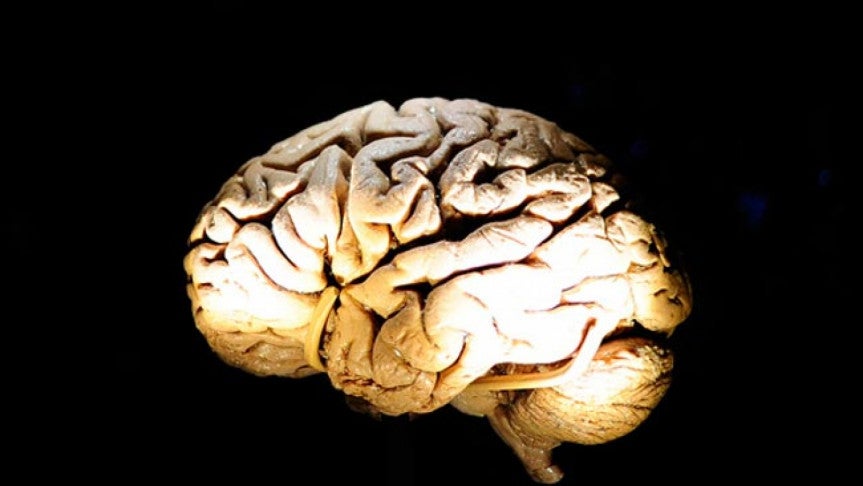Scientists solve biological brain twister

Paris, France: The deep folds that give the adult human brain its wrinkled walnut appearance were nature’s solution to fitting a large, powerful processor into a small skull.
Like a piece of flat, square paper crumpled together to fit into a small, round hole, folding allows more neurons to be packed closer together, with shorter, faster connections between them.
While scientists have long understood why there are folds in the brain’s outer layer, called the cerebral cortex or grey matter, the how has remained a mystery.
Do the creases develop as a result of genetic, biological or chemical signals? Or are they caused by physical forces?
On Monday, a team of researchers from the United States and Europe said the folds can be explained by physics—a discovery that may have important implications for understanding certain brain disorders.
Folds in the cortex develop through buckling in weak spots which develop as the foetal brain grows, they said.
The brains of human foetuses are smooth for about the first 20 weeks, when folding begins and continues until the child is about 18 months old.
The surface area covered by the folded cortex is almost three times that of a smooth brain the size of our head, study co-author Lakshminarayanan Mahadevan from Harvard University in Massachusetts told AFP.
‘The number, size, shape and position of neuronal cells during brain growth all lead to the expansion of the gray matter, known as the cortex, relative to the underlying white matter,’ he said by email.
3-D gel model
‘This puts the cortex under compression, leading to a mechanical instability that causes it to crease locally.
‘This simple evolutionary innovation... allows for the thin but expansive cortex to be packed into a small volume, and is the dominant cause behind brain folding.’
Mahadevan and a team used MRI scans of smooth foetus brains to build a three-dimensional gel model. They coated the surface with a thin layer of elastomer gel to represent the cortex.
To mimic brain growth, they immersed the gel brain in a solvent that was absorbed by the outer layer, causing it to swell relative to the deeper region.
Within minutes, folds started to appear that were remarkably similar in size and shape to the real thing, showing that the same process happened even though the model did not contain any living tissue.
‘It looks like a real brain,’ said Mahadevan’s colleague and fellow author Jun Young Chung.
A few other animals also have brain folds—including chimpanzees, dolphins, elephants and pigs—but the human brain is the wrinkliest of them all.
The physical explanation for brain folds was first proposed by Harvard scientists 40 years ago.
Now proven by Mahadevan’s team, it was considered a controversial challenge at the time to the conventional wisdom that brain folds were created by purely biological, not physical, processes.
Commenting on the study, Ellen Kuhl of Stanford University’s department of bioengineering, said the findings could be an important breakthrough in diagnosing, treating and preventing a range of neurological disorders.
Severe under- or over-folding, she said, can lead to seizures, motor dysfunction, mental handicap and developmental delay.
Knowing whether to target mechanical or biological causes should go a long way to developing better treatments.

 AFP
AFP




